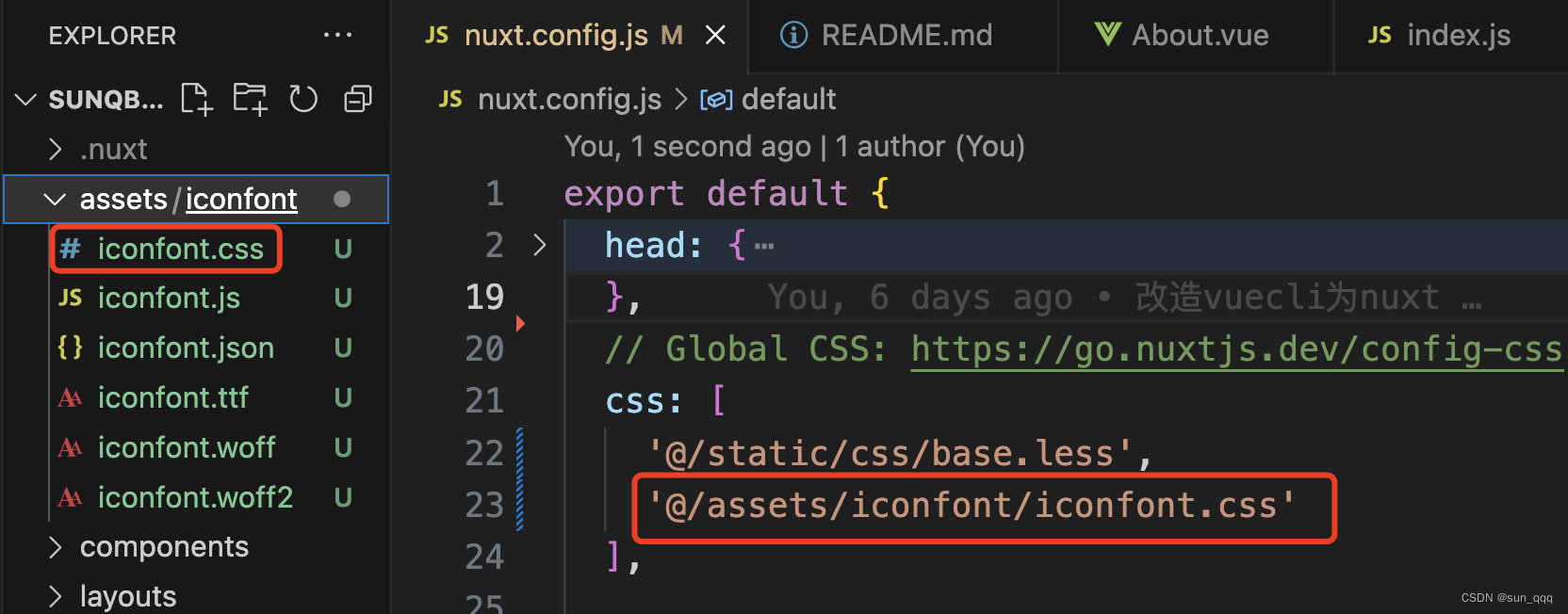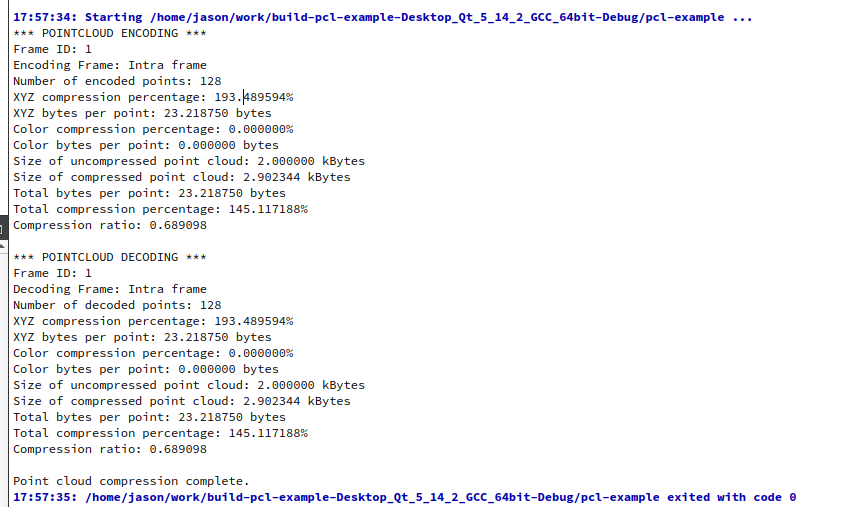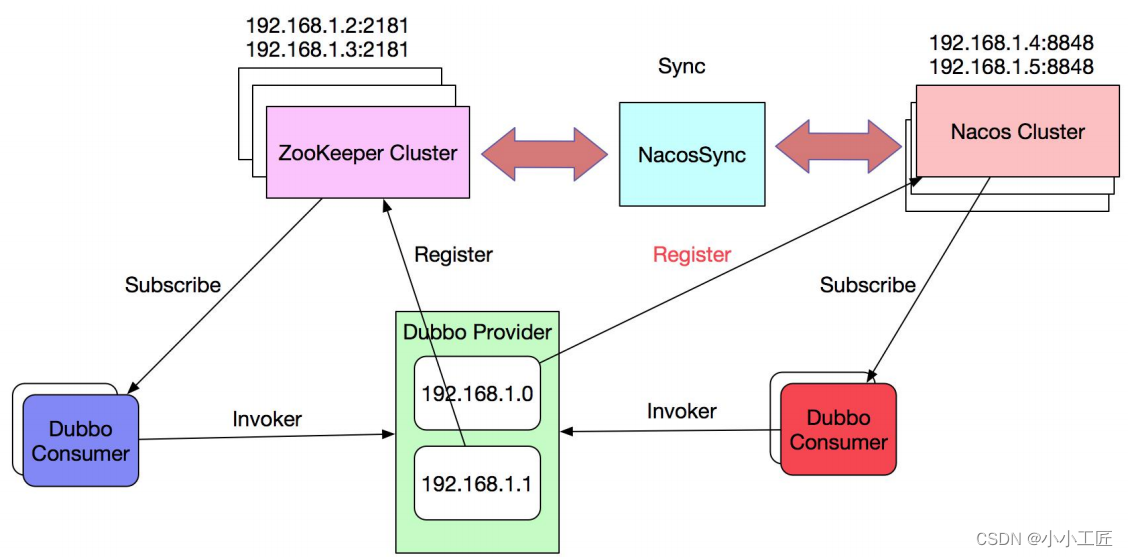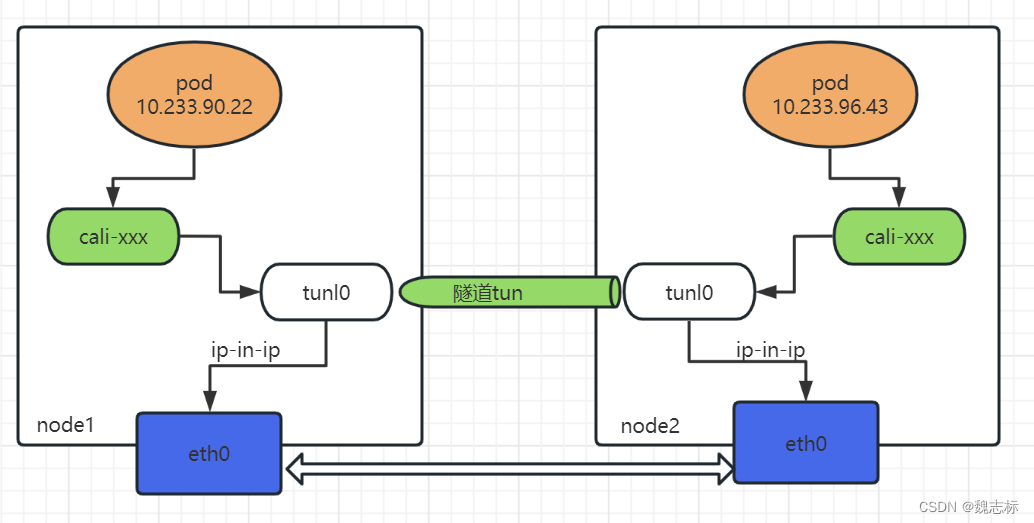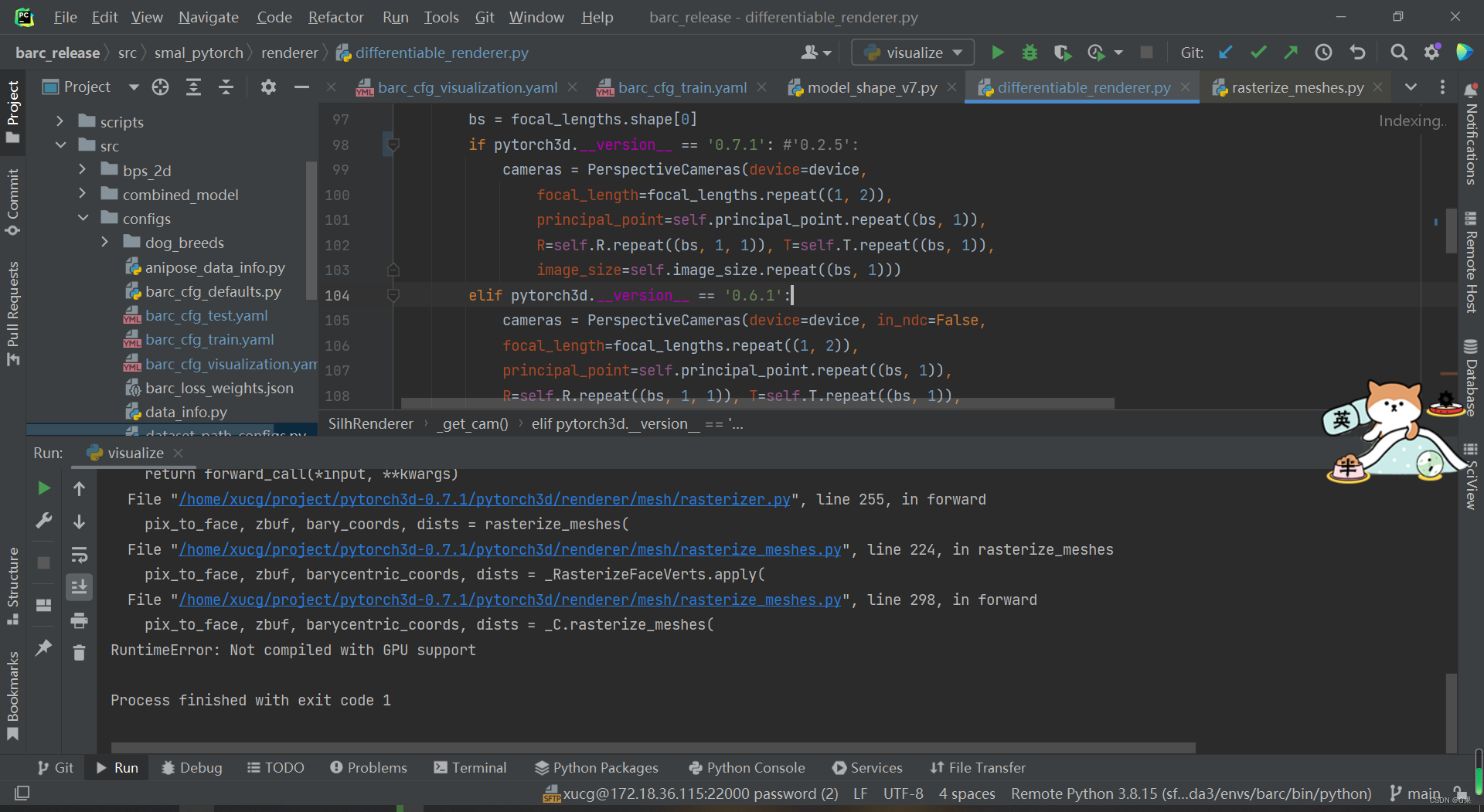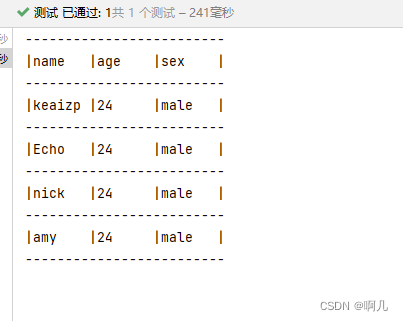一、git地址和环境版本
(1)Git地址:https://github.com/Marcello168/react-native-SerialPort
(2)node版本:14 +
(3)react-native版本:0.72
二、环境配置
(1)先在package.json中 'dependencies' 对象下添加 "react-native-serial-port": "github:Marcello168/react-native-SerialPort",如下图所示:
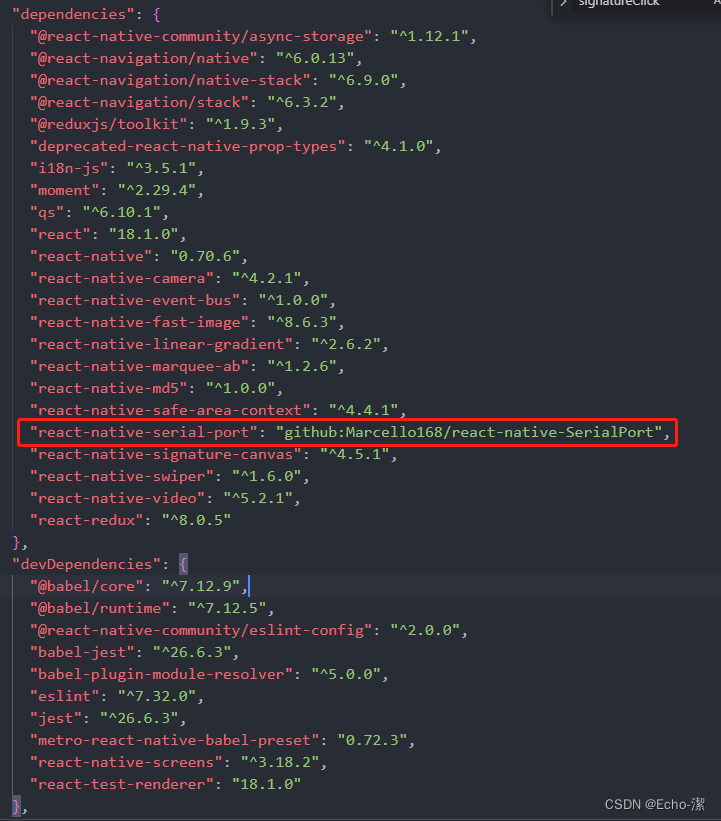
(2)更改 npm 配置 解决依赖包下载不下来的问题,更改命令:git config --global url.“https://”.insteadOf ssh://git@,然后执行 npm i 脚本
(3)下载完成后 对 android 目录下的 settings.gradle 添加下面两行代码
include ':react-native-serial-port'
project(':react-native-serial-port').projectDir = new File(rootProject.projectDir, '../node_modules/react-native-serial-port/android')
图例:
(4)在android 目录下的build.gradle 文件中的repositories对象中添加一行代码
maven { url 'https://jitpack.io' }
图例:
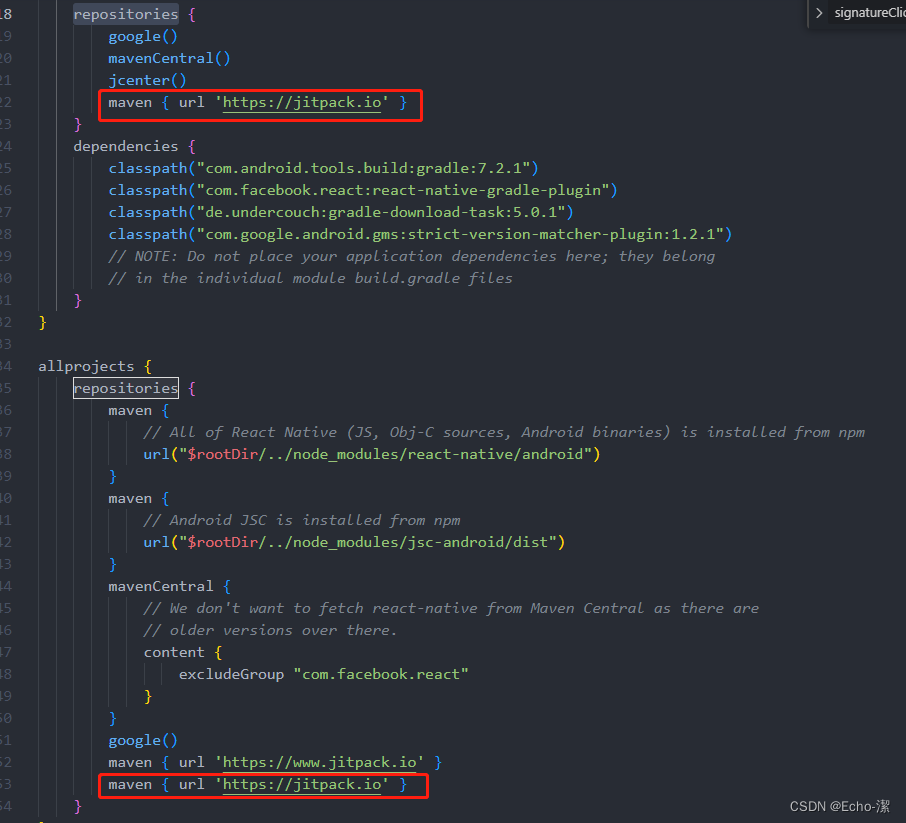
(5)在 android\app 目录下的build.gradle 中的 dependencies 对象中添加下面一行代码
implementation project(path: ':react-native-serial-port')
图例:
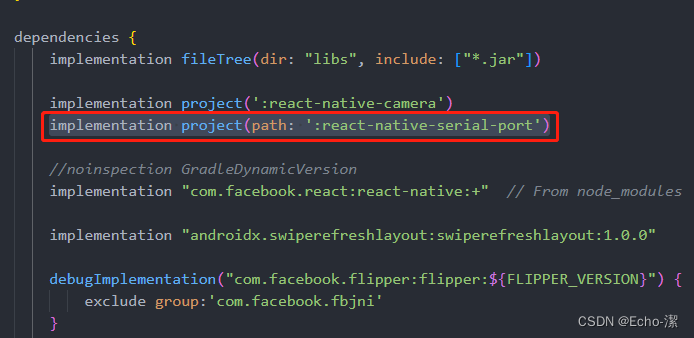
(6)在android\app\src\main中的AndroidManifest.xml文件更改android:allowBackup 配置项将其改为true
(7)在node_modules\react-native-serial-port\android中的build.gradle文件更改参数将dependencies对象下原来的compile 改为implementation (用来解决gradle版本问题导致的编译错误)
如图所示:
旧的:

改后的:

到这基本配置都配完了。
三、串口工具的使用
(1)封装一个RNSerialPortManager.js
import RNSerialPort from 'react-native-serial-port';
import {DeviceEventEmitter} from 'react-native';
let instance = null;
export default class RNSerialPortManager {
constructor() {
if (!instance) {
instance = this;
// DeviceEventEmitter.addListener(
// 'onSerialPortRecevieData',
// this.onSerialPortRecevieData,
// this,
// );
//监听接收串口开关的状态
DeviceEventEmitter.addListener(
'onSerialPortOpenStatus',
this.onSerialPortOpenStatus,
this,
);
console.log('Newinstance');
}
return instance;
}
/***
* 类方法
*/
static ShareInstance() {
let singleton = new RNSerialPortManager();
return singleton;
}
//监听串口的状态
onSerialPortOpenStatus(status) {
// alert(status);
console.log('onSerialPortOpenStatus', status);
//处理逻辑
}
// 监听串口回传数据
onSerialPortRecevieData(receiveData) {
console.log('onSerialPortRecevieData', receiveData);
// 处理接收的数据
}
//获取设备列表
getDeviceList() {
return new Promise((resolve, reject) => {
RNSerialPort.getAllDevicesPath(result => {
console.log('result: ', result);
resolve(result);
});
});
}
//获取返回数据
getReceive() {
return new Promise((resolve, reject) => {
RNSerialPort.getReceive().then(result => {
console.log('getReceive: ', result);
resolve(result);
});
});
}
// 打开虚拟串口
// 测试 /dev/ttyS4 9600
openSerialPort(portStr, Baudrates) {
RNSerialPort.openSerialPort(portStr, Baudrates);
}
// 关闭虚拟串口
closSerialPort() {
console.log('组件销毁关闭串口')
console.log('RNSerialPort: ', RNSerialPort);
RNSerialPort.close();
}
// 移除监听
removeReceiveCallback() {
console.log('移除监听')
RNSerialPort.removeReceiveCallback();
}
//发送数据
writeByteData(data) {
console.log('发送数据 >>>>> writeByteData: ', data);
RNSerialPort.sendByteData(data);
}
}
export const SerialPortManager = RNSerialPortManager.ShareInstance();
(2)调用:
import { DeviceEventEmitter } from 'react-native';
import RNSerialPortManager, {
SerialPortManager,
} from '@/utils/RNSerialPortManager';
componentDidMount () {
// 打开串口
this._openSerialPort();
// 发送指令
SerialPortManager.writeByteData(HexString2Bytes('8C000001008D'));
// 设置监听
DeviceEventEmitter.addListener('onSerialPortRecevieData', msg => {
console.log('onSerialPortRecevieData>>>>>>>>>>>msg: ', msg);
// 处理该数据
});
}
// 销毁组件
componentWillUnmount () {
SerialPortManager.closSerialPort();
SerialPortManager.removeReceiveCallback();
}
// 打开串口
_openSerialPort () {
SerialPortManager.openSerialPort('/dev/ttyS1', '9600'); // 打开虚拟串口
}


